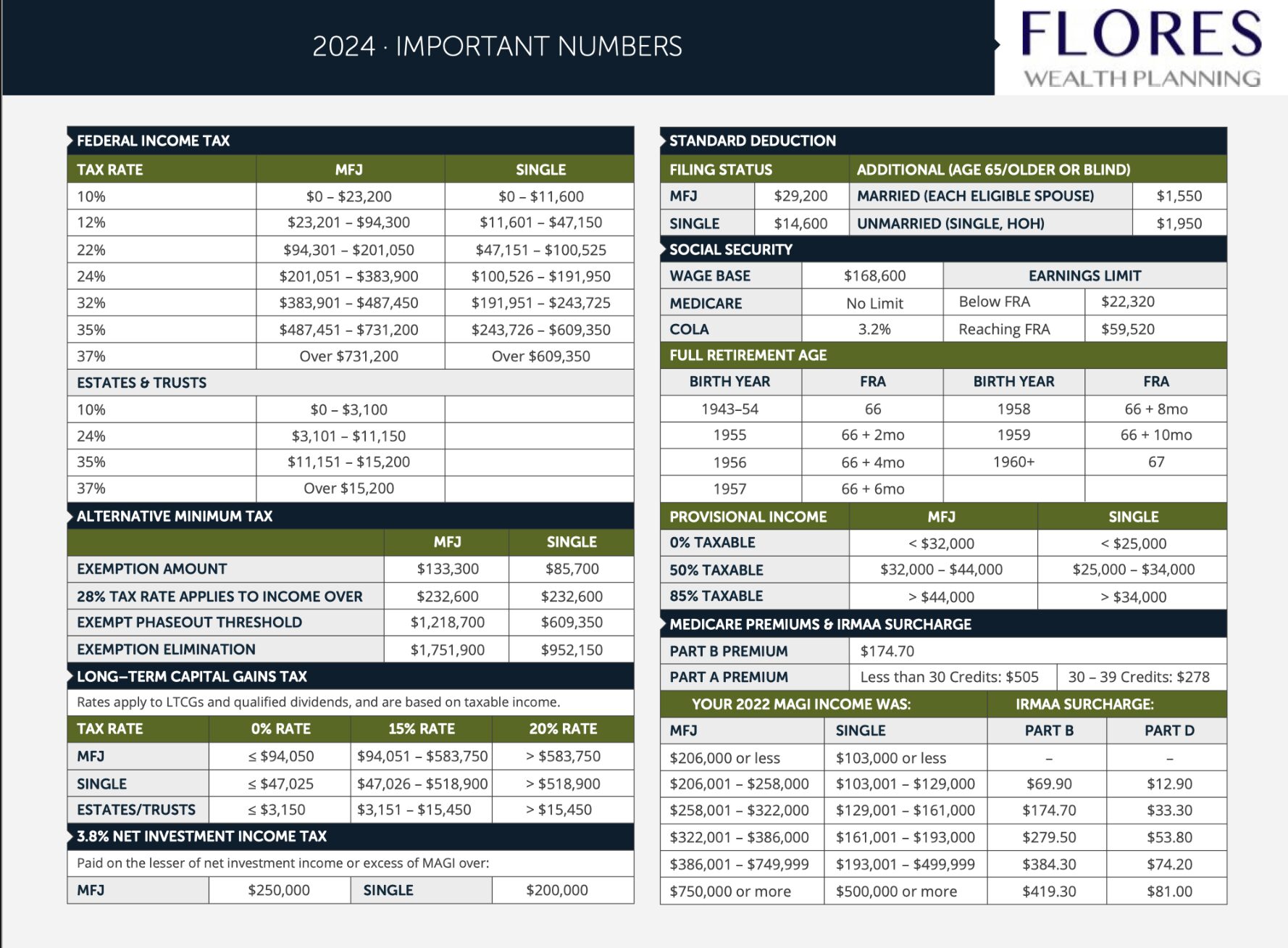When does one plus one not equal two? When it comes to paying federal income taxes. If your spouse earns significantly more than you do, you and your sweetheart enjoy what is known as the “marriage bonus.” This means that, as a couple, you are paying less in taxes than you did when you filed two single tax returns. But if the two of you have similar incomes, chances are your combined tax bill is bigger than it was when you were single filers.
The government is aware that this discrepancy in tax rates can be burdensome for dual-earner couples, and have taken some steps to alleviate—but not eliminate—the so-called “marriage penalty.” For 2015, the married filing jointly standard deduction of $12,600 is twice the single standard deduction of $6,300. In addition, the upper limit of the 15% tax bracket for married filers, $74,900, is double the $37,450 limit for single filers.
But for higher earning couples, the tax relief provided by these changes is likely to be negligible at best. If you itemize your deductions, you will not benefit from the standard deduction breaks. Moreover, the upper limits of the married filing jointly tax brackets above 15% are significantly below the doubled amount for single filers. For example, in 2015 the upper limit of the 35% bracket is $413,200 for single filers and $464,850 for joint filers. Be aware, too, that the married filing jointly phaseouts for credits and deductions are not double those of single filers, and the child and dependent care credit phase out at the same point for all filing statuses.
You and your partner do, of course, have the option of filing separate tax returns. This may make sense if you and your spouse both have taxable income and stand to benefit from taking deductions separately. Bear in mind, however, that filing separately will not change the rate at which you are taxed: the limits on married filing separately brackets are exactly half those of married filing jointly. There are also some potential drawbacks to filing separately as a married couple.
Making the Marriage Penalty Work for You
But before giving up on wedded bliss altogether, you may want to consider the tax advantages married couples do enjoy. If you are covered under medical and dental plans provided by your spouse’s employer, these benefits are tax free for both of you. Spouses also have substantial legal and tax advantages over single people when it comes to inheritance and the transfer of retirement benefits. Speak to a Certified Financial PlannerTM professional for help with choosing the right tax strategies for your specific situation.


